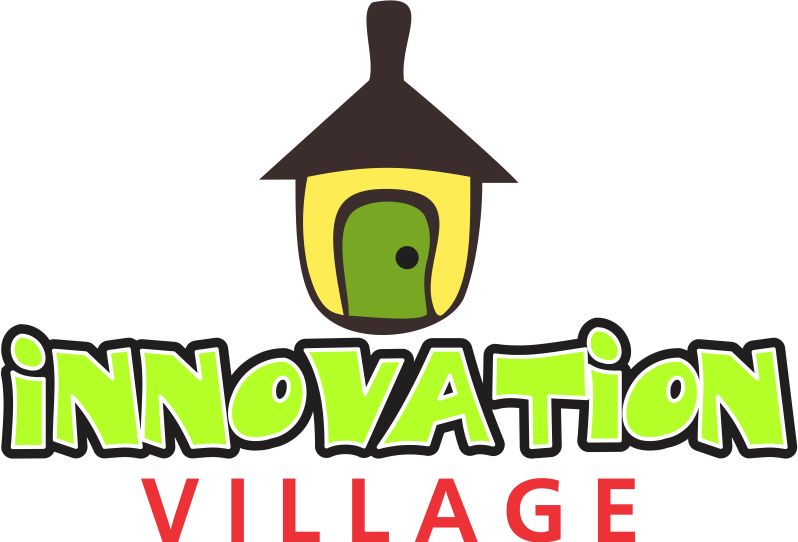OpenAI has announced that it will be evolving its corporate structure to better align with its mission of ensuring that artificial general intelligence (AGI)—AI capable of performing most tasks that humans can—benefits all of humanity. Currently, OpenAI operates as a for-profit organization controlled by a nonprofit, with a “capped profit” share arrangement for investors and employees. However, in a blog post published on Friday, the company revealed plans to transition its existing for-profit entity into a Delaware Public Benefit Corporation (PBC). This new structure will feature ordinary shares of stock and will enshrine the OpenAI mission as its public benefit interest.
These details had been previously reported, including by The New York Times in December, which disclosed that OpenAI was in discussions to pay its nonprofit billions of dollars to cede control. However, this blog post marks the first time OpenAI has publicly outlined its proposal.
OpenAI stated in its post;
As we enter 2025, we will have to become more than a lab and a startup—we have to become an enduring company. The world is moving to build out a new infrastructure of energy, land use, chips, data centers, data, AI models, and AI systems for the 21st-century economy. We seek to evolve in order to take the next step in our mission.
OpenAI believes that establishing the PBC will enable it to “balance shareholder interests, stakeholder interests, and a public benefit interest” in its decision-making processes. This structure will also allow OpenAI to “raise the necessary capital with conventional terms” and create one of the best-resourced nonprofits in history. The existing nonprofit will receive shares in the PBC “at a fair valuation determined by independent financial advisors.”
OpenAI wrote;
We have a nonprofit and a for-profit today, and we will continue to have both. Our current structure does not allow the board to directly consider the interests of those who would finance the mission and does not enable the nonprofit to easily do more than control the for-profit. The PBC will run and control OpenAI’s operations and business, while the nonprofit will hire a leadership team and staff to pursue charitable initiatives in sectors such as health care, education, and science.
OpenAI was founded in 2015 as a nonprofit research lab. However, as its experiments became increasingly capital-intensive, it adopted its current structure, taking on outside investments from venture capitalists and companies, including Microsoft. In October, OpenAI raised $6.6 billion at a $157 billion valuation, bringing its total raised to $17.9 billion. Despite this, the company still expects to lose $5 billion this year, according to CNBC, and the terms of its latest funding round require it to complete the for-profit transition within two years.
The plan faces several hurdles. One of OpenAI’s co-founders, billionaire Elon Musk, has filed for an injunction to halt the company’s transition to a for-profit entity, accusing OpenAI of abandoning its original philanthropic mission. Musk has also alleged that OpenAI has deprived his own AI company, xAI, of capital by extracting promises from investors not to fund it. OpenAI has dismissed Musk’s complaints as “baseless” and a case of sour grapes.
Additionally, Facebook’s parent company and AI rival, Meta, is supporting efforts to block OpenAI’s conversion. In December, Meta sent a letter to California Attorney General Rob Bonta, arguing that allowing the shift would have “seismic implications for Silicon Valley.” Meta contended that if OpenAI’s new business model is validated, nonprofit investors would receive the same for-profit upside as those who invest conventionally in for-profit companies while also benefiting from tax write-offs.
OpenAI competitors like xAI and Anthropic are structured as PBCs but lack a nonprofit component. OpenAI’s current structure led to the abrupt ousting of CEO Sam Altman last November, which greatly displeased investors, particularly Microsoft. The current structure also gives OpenAI’s board the power to determine when OpenAI has achieved AGI and exempts this AGI from the licensing agreements the startup has in place with customers. One such customer is Microsoft, and the two companies reportedly have a specific, internal financial definition of AGI. According to The Information, OpenAI has only achieved AGI when it develops AI systems that can generate at least $100 billion in profits.
OpenAI continues to face an outflow of high-level talent, partly due to concerns that the company is prioritizing commercial products over safety. One former employee, Carroll Wainwright, who researched aligning AI systems with safety policies, wrote in a post on X this fall that OpenAI “was structured as a non-profit [but] acted like a for-profit” and “should not [be trusted] when it promises to do the right thing later.”


